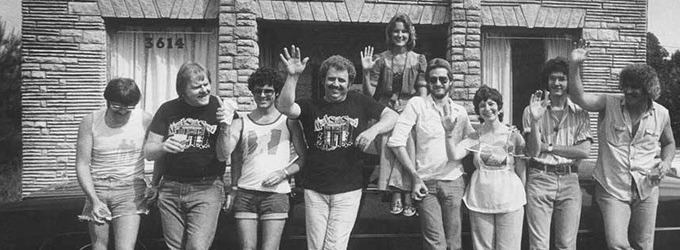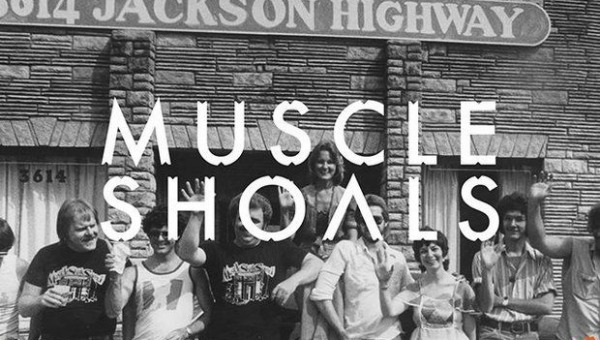 The beat kicks in, the bass rolls and the Hammond organ plink plonks in tow. Some vocal pizzazz. And repeat until perfect. This was a mould that rocked the music business, and the one whose story Greg Camalier’s remarkable, earworming documentary seeks to tell.
The beat kicks in, the bass rolls and the Hammond organ plink plonks in tow. Some vocal pizzazz. And repeat until perfect. This was a mould that rocked the music business, and the one whose story Greg Camalier’s remarkable, earworming documentary seeks to tell.
It also celebrates Rick Hall the man, but chances are, the name means precisely nothing to you. This said, his ideas certainly will. Charming personalities win in the record production business, and his was of the try-hard but trailblazing type – a true visionary who created a glorious sound and way of life for the 8,000-strong MUSCLE SHOALS, an Alabama community whose day-to-day existence hitherto centred on swampy excursions along the Tennessee (the soi-disant “river that sings”) and sunflower-picking. Now, they had something to be proud of: an industrious and discerning leader and a community spirit unmatched elsewhere. Every aspiring musician wanted a part in Deep South pop.
… the world’s most in-demand knob-twiddler …
Riffing on Hall’s often pained backstory and latterly, his success as the world’s most in-demand knob-twiddler, the film grimly drip feeds facts about his often tragic life. You know, growing up “like an animal” with no bathing nor toilet facilities, the death of his first wife in a car accident, his brother and father’s respective deaths and so on. But this only piqued his drive and determination even more. Music had become his sole passion and he needed to become a somebody.

The ‘Muscle Shoals sound’ has been steeped in mystique and smattered with reverence since the very beginning. And deservedly so. Setting up FAME Studios in such a secluded area seemed risky business at the time, but following hit records like the goosebumpish ‘Sail Away’ by Jimmy Hughes and chart-smash ‘You Better Move On’ by Arthur Alexander, the whole world looked on. The latter led to the Rolling Stones’ awareness of the studio and their subsequent involvement. Atlantic Records jumped on the bandwagon, sending Aretha Franklin, Wilson Pickett and Percy Sledge in quest of world domination. Accordingly, every one of these records had something special; it all came from the heart. Most cuts were made with a house band – the Swampers – whose white-boy supermarket-assistant vibes proved surprisingly popular. Immortal funk backed timeless voices in an epochal, chart-slaying sound.
Camalier takes the legends behind the adenoids and humbles them to the bone.
Proving himself way beyond his experience, first-timer Camalier takes the legends behind the adenoids and humbles them to the bone. United out of love for the studio and the man behind it all, the ‘magical’ moments before recording provide rich pickings for touching anecdotes. Whether it’s the Rolling Stones revealing they nearly recorded Exile On Main Street there (visa issues stopped them, alas), Lynyrd Skynyrd drawling on the solace offered post-air crash, or Alicia Keys rebirthing the studio with a live gospel rendition which pulls at your heart strings, the interviews are spontaneous and gushing.
Community is at this film’s core and it all gets you thinking. Casting an affectionate eye over a truly significant scene that blocked out all divide between white and black, developing at a time of course when the Civil Rights Movement was not yet totally underway, binding localities together is naturally the main focus. But are there any recording studios acting with the same collective ethic today? One struggles to name more than a couple. The most reminiscent might be Spacebomb Records in Richmond, Virginia. Led by Matthew E White, whose drive and soul bear a stunning resemblance to Hall’s, they see community-based groups like Stax and Muscle Shoals as ideal productive environments. And their output, albeit limited, is similarly incredible.
httpvh://www.youtube.com/watch?v=7UDe4JrFAIQ

